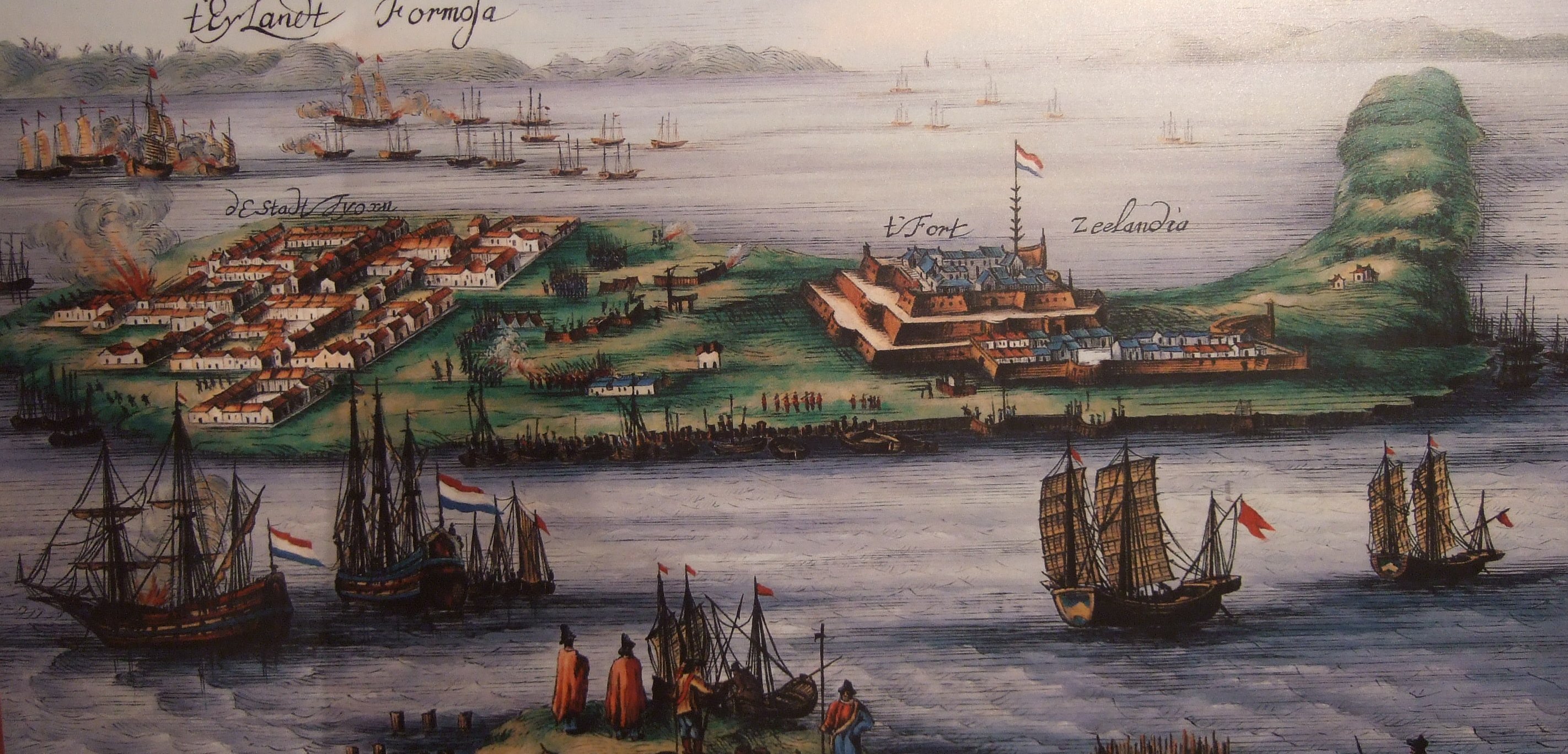Taiwan between natives, Chinese and Europeans
How the island of Formosa became ethnically chinese

Fort Zeelandia, the headquarters of the Dutch colonizers located in the south of the island of Formosa - Wikimedia Commons
The island of Taiwan, also known as Formosa, located in the East China Sea, has been at the center of the geopolitical stage for decades. Although it is now predominantly populated by individuals of Han ethnicity, which fuels Beijing's claims over it, few are aware that this has not always been the case.
For millennia, the island was inhabited by indigenous peoples belonging to the Austronesian linguistic group, characterized by a tribal social structure. This reality began to change in the 17th century due to European colonialism.
During the Thirty Years’ War, the conflict between the Netherlands and Spain extended to the Pacific region, with both powers establishing forts on Formosa to undermine each other’s trade: the Dutch in 1624 and the Spanish in 1626. It was the Dutch who initiated a significant transformation of the island by attempting to turn it into an agricultural colony focused on rice and sugarcane production. To achieve this, they encouraged the immigration of the first Han farmers, granting them land seized from the native population.
This process gained momentum when Coxinga, a Chinese pirate and supporter of the Ming dynasty, seized the island in 1662 with the intention of using it as a base to attack the Qing. Coxinga expelled the Dutch and established the first Han-led regime in Formosa’s history, along with Confucian practices, further intensifying the sinicization policies initiated by the Dutch. The influx of soldiers and settlers led to increased appropriation of arable indigenous lands and the growth of the Han population.
Coxinga was eventually ousted in 1683 by the Qing, who annexed the island and treated it as a military outpost, ruling it until 1895.
After half a century of Japanese imperial rule from 1895 to 1945, Formosa experienced one final wave of Han immigration in the late 1940s. This occurred when the establishment of the communist regime in Beijing prompted many opponents to flee to Taiwan, which became the stronghold of Chiang Kai-shek’s nationalist government.
While modern Taiwan is often regarded as a “post-colonial” entity due to its history of Japanese domination, it is also the result of a long process of colonization.
M. Rady, The Hasburgs. The Rise and Fall of a World Power, Penguin Books, Londra, 2022.
L. Tsai, Re-conceptualizing Taiwan: Settler Colonial Criticism and Cultural Production, PhD Thesis, UCLA, 2019.
2025-10-05
Salvatore Ciccarello
